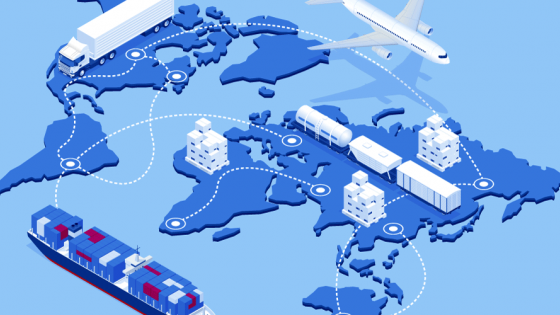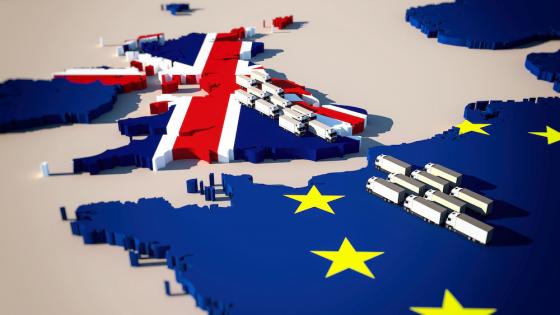DP10961 Dragons, Giants, Elephants and Mice: Evolution of the MFN Free Rider Problem in the WTO Era
Ludema and Mayda (2009, 2013) show that existing MFN tariff rates are inefficiently high, because the MFN free rider problem impairs the ability of countries to internalize the terms-of-trade effects of tariff reductions during multilateral trade negotiations. In this paper, we examine the evolution of the free rider problem from 1993 to 2012 by investigating changes in one of its main determinants, namely, the concentration of MFN exporters. We find evidence of an average increase in exporter concentration, which would suggest that negotiated tariffs would decrease if the Doha round were completed. We also decompose changes in exporter concentration into three channels: the accession of new members to the WTO, the formation of new PTAs and the changes in trade flows. The main determinant of the average increase in exporter concentration is the formation of new PTAs, which provides empirical evidence of a ?building-bloc? effect of PTAs working through terms-of-trade effects. In addition, the (potential) amelioration of the free rider problem in 1993-2012 is most pronounced for low-tech products whose exports have become more concentrated due to the growth of emerging economies.


